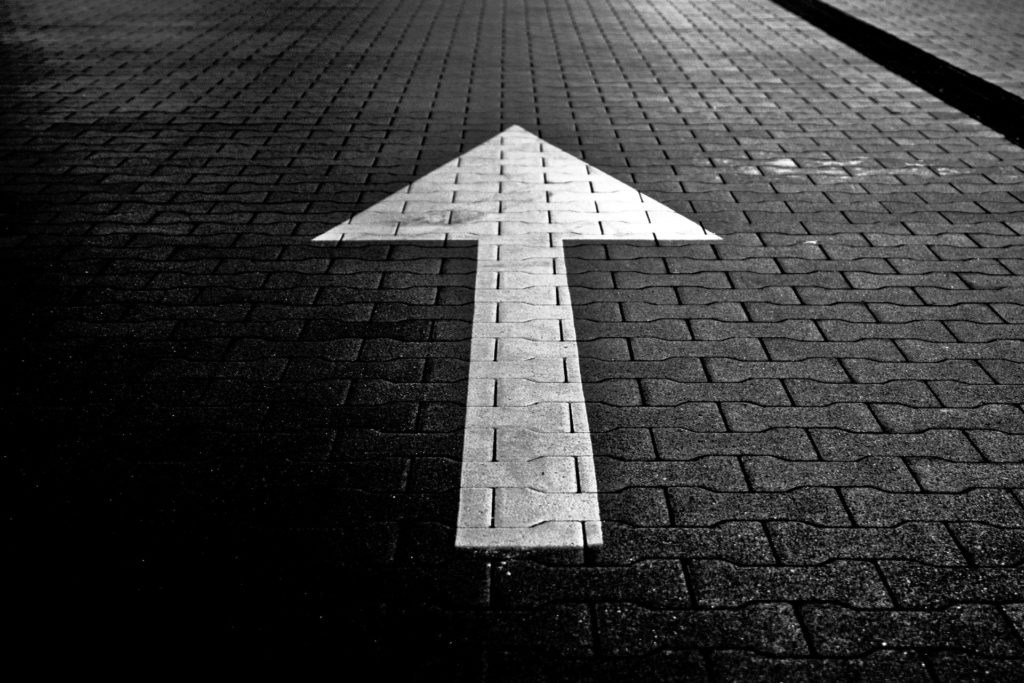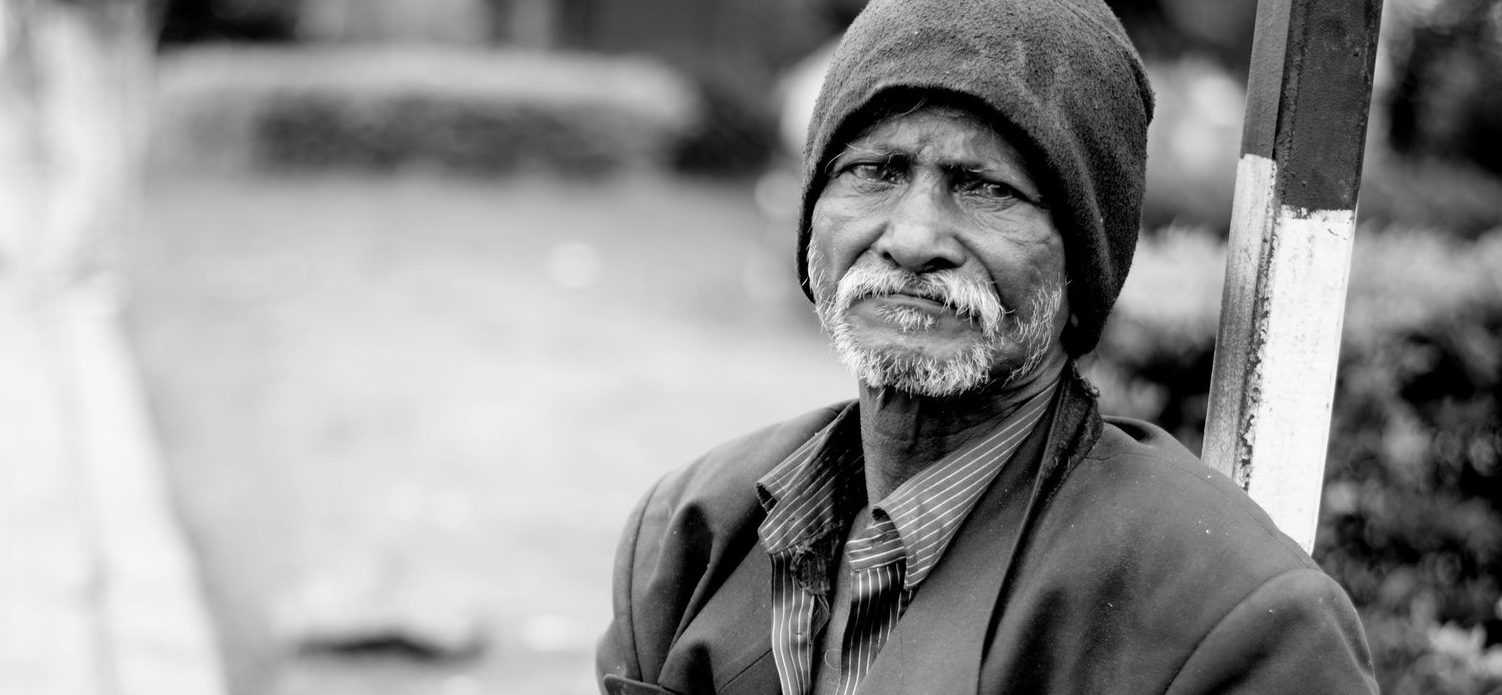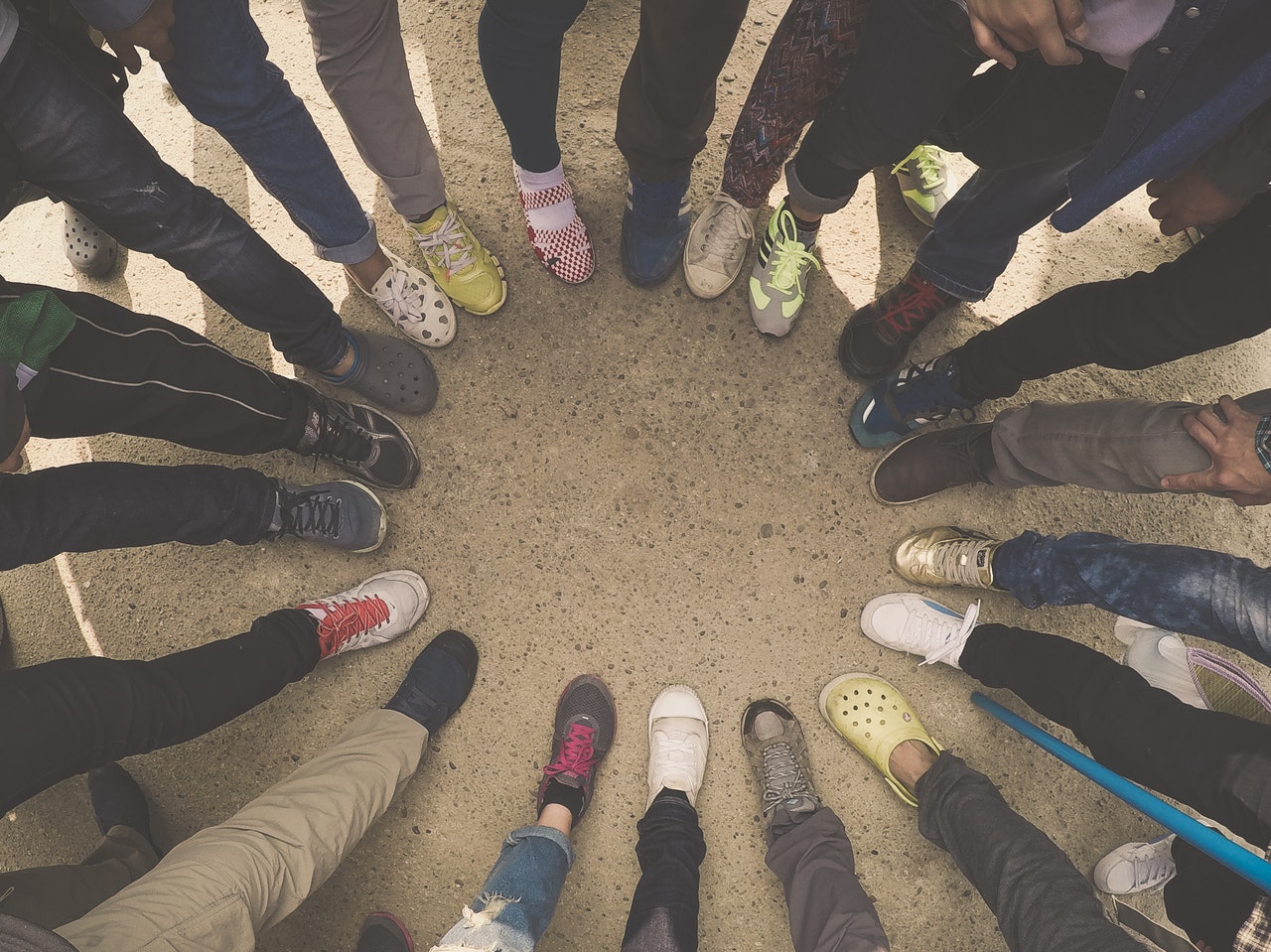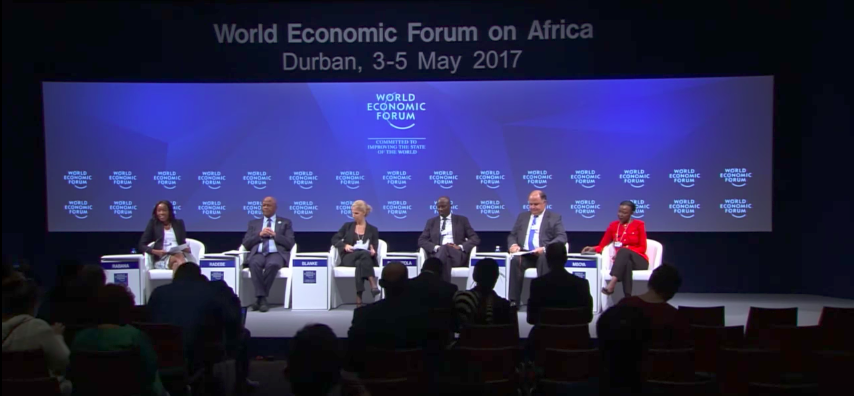For South Africa, sustainable human development implies a rapid process of redress, social reconciliation, nation-building and economic growth with equity, alongside the sustainable utilisation of natural resources. South Africa’s journey of liberation and transformation highlights the importance of pursuing the human development process in an environment that promotes equity, affirmation, self-respect, participation and human rights. If this is not done, the time bomb of poverty, accompanied by related pathologies and some of the worst forms of violence – particularly against children, women and the elderly – will erode the legitimacy and power of our democracy. The general rhetoric of transformation can no longer mask the continuing inequalities and pain visited on families, households and communities, where fear, survival, food security and violence are pervasive.
The central question is, therefore, how to measure transformation and sustainable human development?
What types of proxy indicators can be used to measure development and transformation? Key considerations are institutional/structural (policies/systems), normative (values, standards, attitudinal or change in organisational behaviour/culture, social solidarity/cohesion) or functional (service delivery/distribution of goods and services) measures used as indicators of development and transformation.
Further, in order to provide a human face to the indicators used, the views of people need to be profiled. South Africa is considered to have a medium human development ranking, comparing well with other countries. The 1999 Human Development Report ranks South Africa at 101 behind Brazil. The estimated Human Development Index value of 0.628 (calculated with 1997 statistics) placed South Africa at 116 in the ranking. Based on this estimate, South Africa compares well with other African countries and ranks seventh behind Mauritius, Tunisia, Cape Verde, Algeria, Swaziland and Namibia. In the southern African region, South Africa ranks third behind Swaziland and Namibia.
South Africa’s estimated Human Development Index (HDI) of 0.628 is also higher relative to the average HDI of 0.430 for Sub-Saharan Africa, but slightly lower than the average of 0.637 for all developing countries. If one assumes no HIV and a constant growth rate in population and incomes, then South Africa’s human development is expected to be 0.645 in 1999 and 0.654 by the year 20105 – based on a growth rate of 0.3 percent per year between 1996 and 2010.
However, this prediction drops drastically with HIV/AIDS. South Africa’s rate of poverty (a measurement of the extent of absolute poverty) is 45 percent. This translates into 3,126,000 households or more than 18-million citizens living below the poverty line (pegged at an income of R353). In mainly rural provinces, the figure rises above 50 percent.
Source: Transformation for Human Development South Africa




